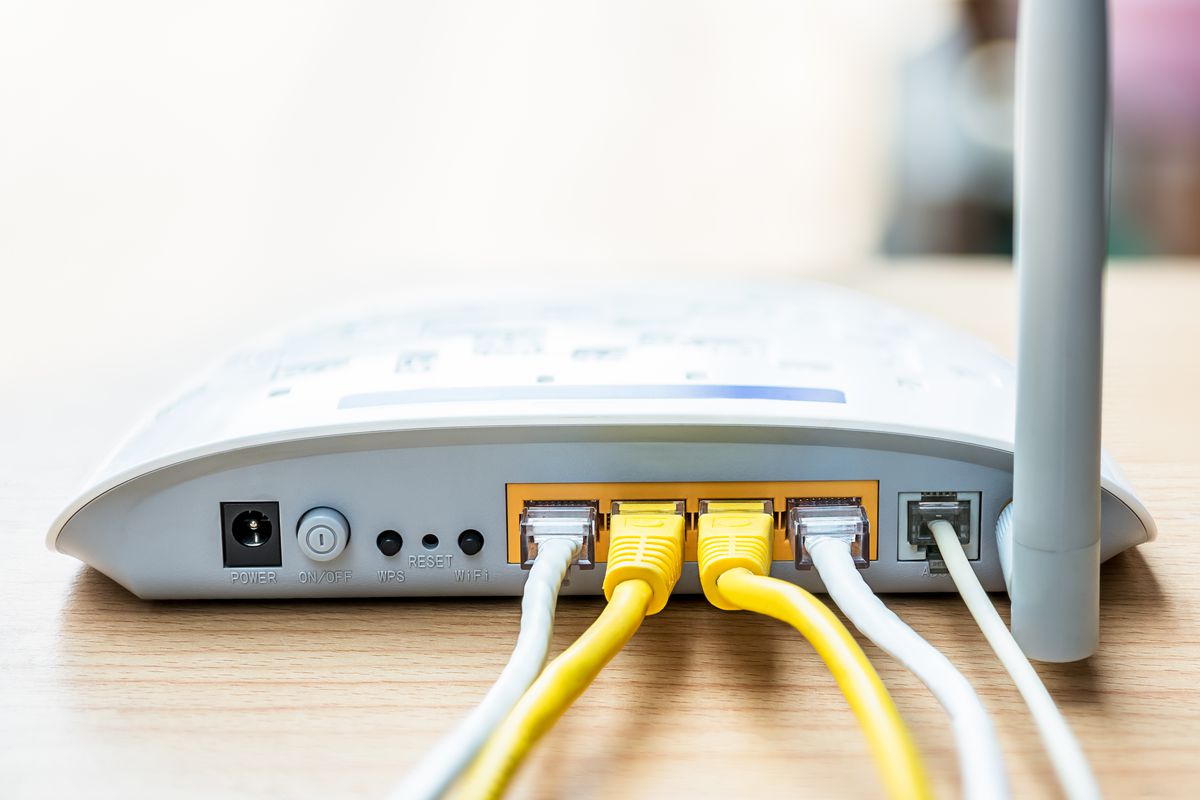
Top Ten Wireless Networking Tips for a Faster Connection
By Adedayo Oyetoke, Published on: December 28th 2023 4 min, 716 word Views: 1093
In today's fast-paced world, a reliable and speedy wireless network is essential for both work and leisure. Whether you're streaming your favorite shows, working from home, or gaming online, a fast and stable wireless connection can make all the difference. However, achieving optimal wireless performance can be a challenge, especially with the increasing number of devices competing for bandwidth. In this blog, we'll explore the top ten wireless networking tips to help you achieve a faster and more reliable connection.
1. Optimize Router Placement
The placement of your wireless router plays a crucial role in the overall performance of your network. Ideally, the router should be positioned in a central location within your home or office to ensure that the signal reaches all areas evenly. Avoid placing the router near large metal objects, concrete walls, or other electronic devices that can interfere with the signal. Additionally, elevating the router to a higher position can help improve coverage.
2. Update Firmware Regularly
Just like any other electronic device, routers require regular updates to ensure optimal performance and security. Manufacturers often release firmware updates to address bugs, improve stability, and enhance features. By keeping your router's firmware up to date, you can ensure that it operates at its best and remains protected against potential vulnerabilities.
3. Use the Right Wireless Channel
Wireless routers operate on different channels within the 2.4GHz and 5GHz frequency bands. In densely populated areas, neighboring routers can cause interference, leading to slower speeds and dropped connections. Using a tool like Wi-Fi Analyzer can help you identify the least congested channels and switch to a less crowded one, thereby improving your wireless performance.
4. Secure Your Network
Securing your wireless network is essential not only for protecting your data but also for optimizing performance. Unauthorized users piggybacking on your network can slow down your connection and consume valuable bandwidth. Enable WPA2 or WPA3 encryption and use a strong, unique password to prevent unauthorized access.
5. Invest in Quality Hardware
The quality of your wireless networking hardware can significantly impact your connection speed and reliability. Investing in a high-quality router, network adapter, and Ethernet cables can make a noticeable difference in your wireless performance. Look for routers with advanced features such as beamforming and MU-MIMO technology for improved coverage and simultaneous data streaming to multiple devices.
6. Manage Bandwidth-Hungry Applications
Bandwidth-intensive applications such as video streaming, online gaming, and large file downloads can monopolize your network's resources, leading to slower speeds for other devices. Quality of Service (QoS) settings on your router can help prioritize traffic, ensuring that critical applications receive the necessary bandwidth while preventing non-essential activities from impacting overall performance.
7. Utilize Range Extenders or Mesh Wi-Fi Systems
In larger homes or offices, wireless signals may struggle to reach distant areas, resulting in weak or unreliable connections. Range extenders or mesh Wi-Fi systems can help extend coverage and eliminate dead zones by creating a seamless network throughout your space. By strategically placing these devices, you can ensure that every corner of your environment receives a strong and consistent signal.
8. Minimize Interference
Interference from other electronic devices, such as cordless phones, microwave ovens, and Bluetooth devices, can disrupt your wireless signal and degrade performance. Position your router away from such devices and consider using 5GHz Wi-Fi, which is less prone to interference compared to the more common 2.4GHz band.
9. Regularly Monitor and Test Your Network
Monitoring your network's performance and conducting periodic speed tests can help you identify potential issues and track improvements. There are various tools and apps available that can provide insights into your network's speed, latency, and overall health, allowing you to make informed adjustments as needed.
10. Consider Wired Connections for Critical Devices
While wireless networking offers convenience and flexibility, critical devices such as desktop computers, gaming consoles, and smart TVs can benefit from a wired Ethernet connection. Wired connections provide greater stability, lower latency, and consistent speeds, making them ideal for devices that demand reliable performance.
Conclusion
A faster and more reliable wireless connection is within reach by implementing these top ten wireless networking tips. By optimizing your router placement, updating firmware, securing your network, investing in quality hardware, and implementing other best practices, you can enjoy a seamless and efficient wireless experience. Whether you're a casual user or a power user, these tips can help you make the most of your wireless network and stay connected with confidence.
